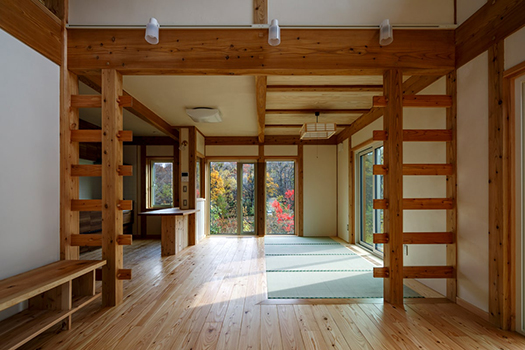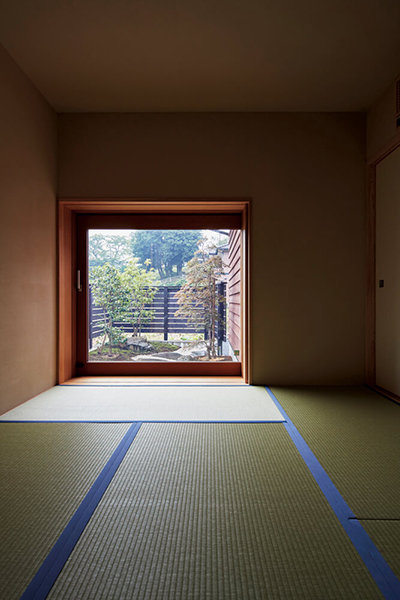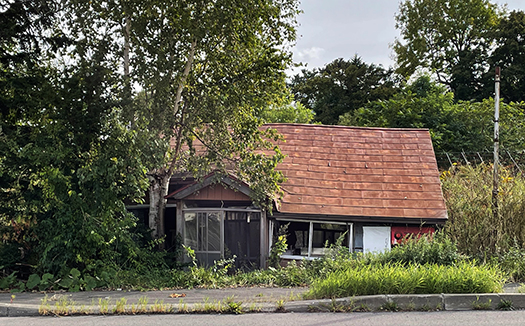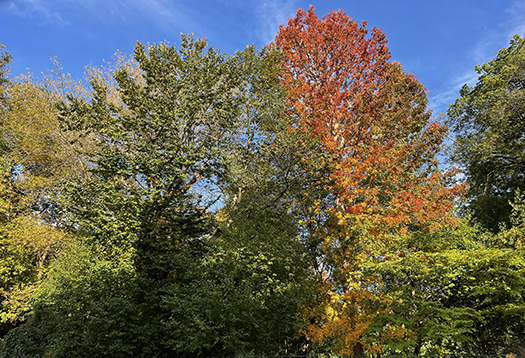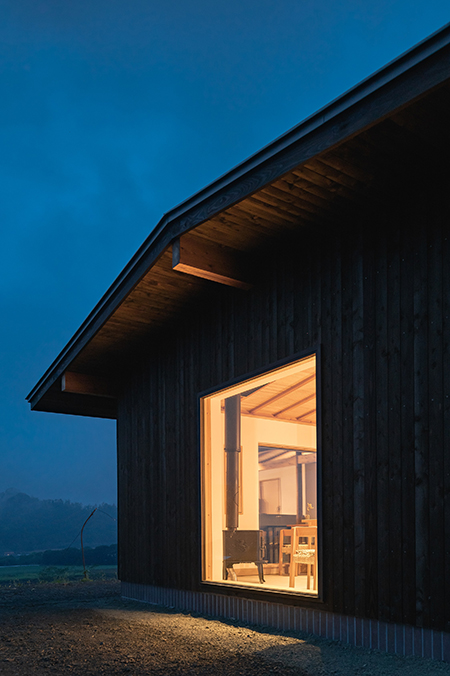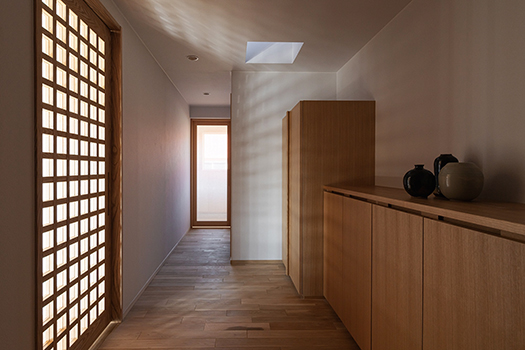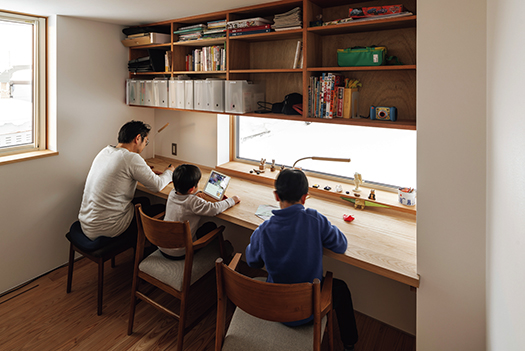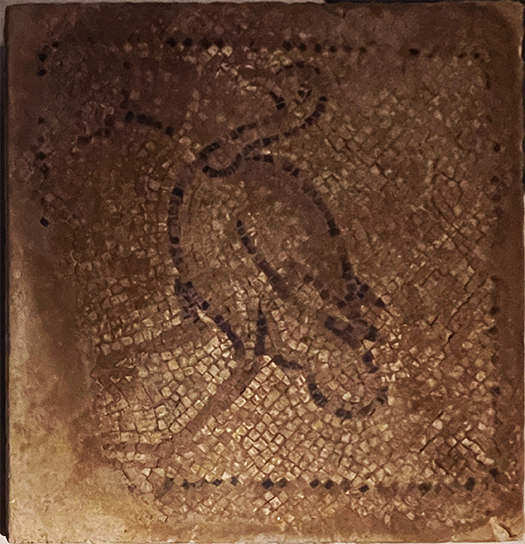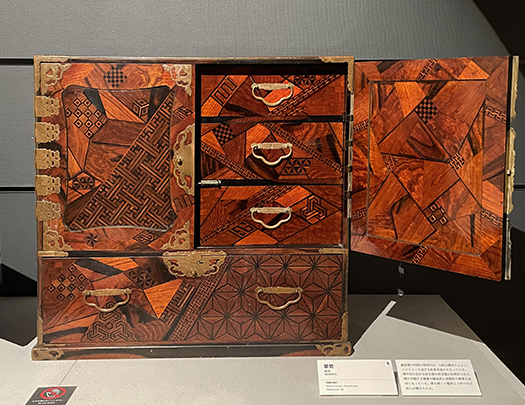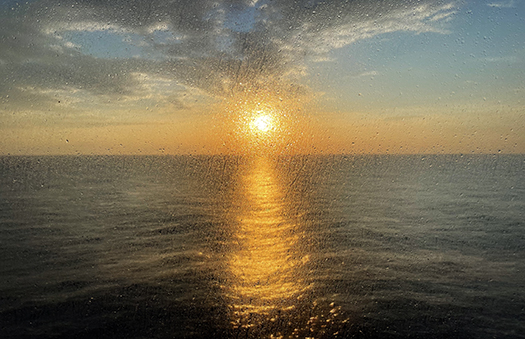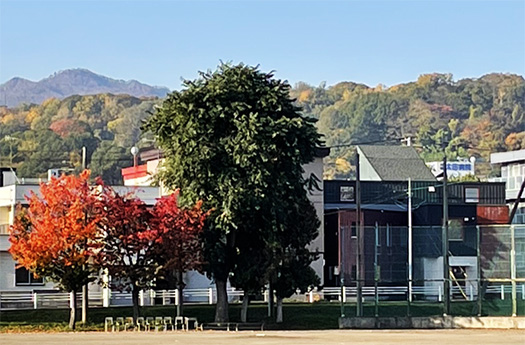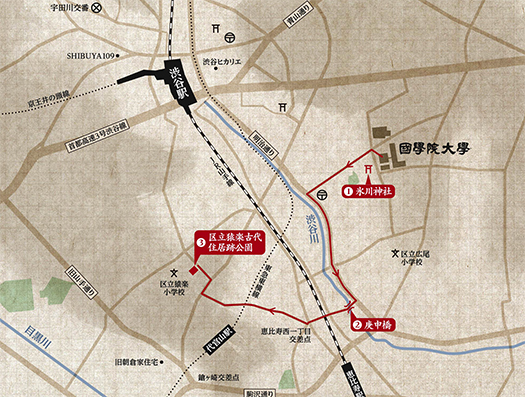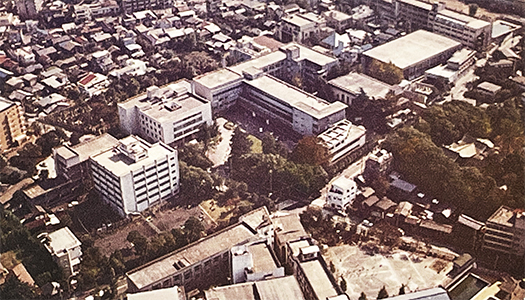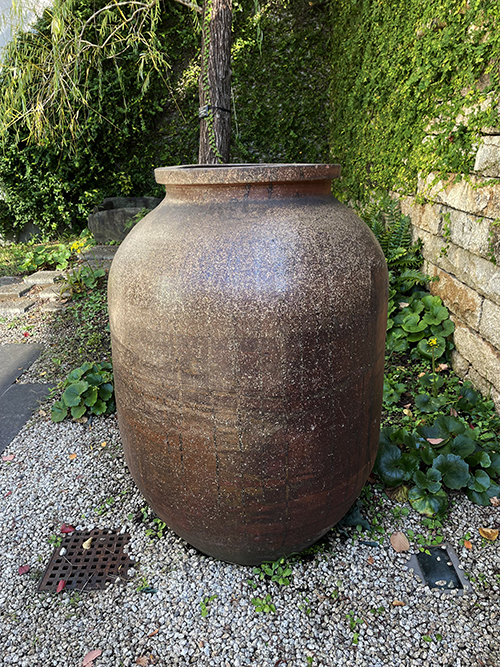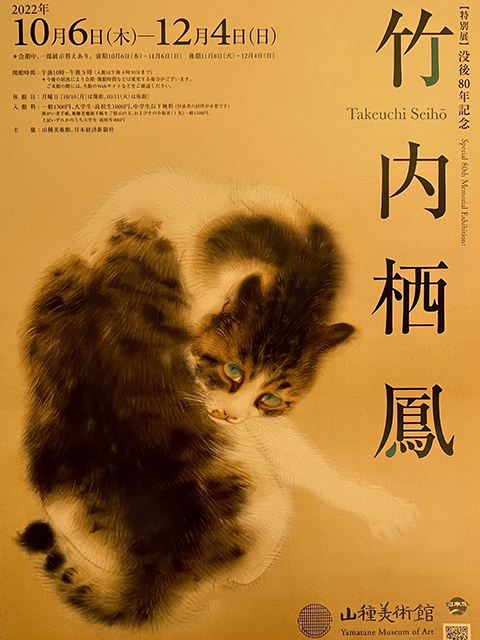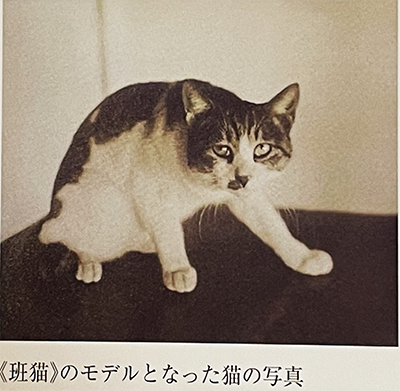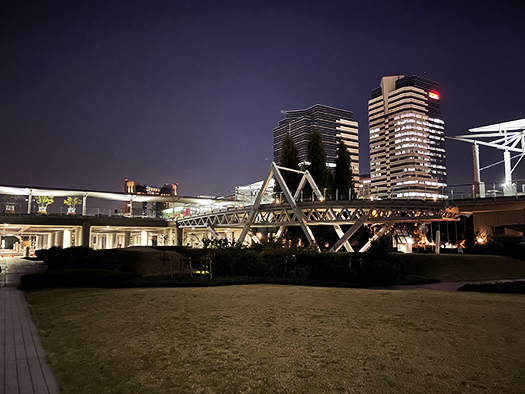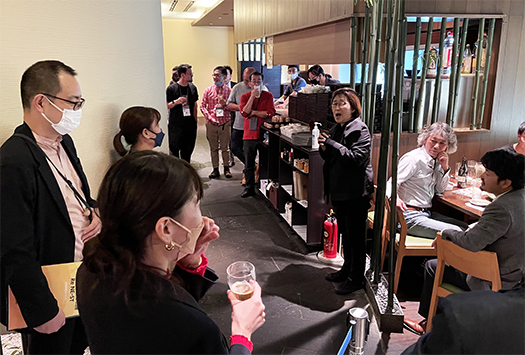
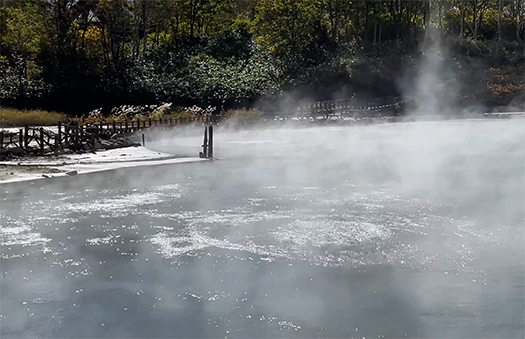
最近、地質レベルでの「歴史」というものが解析されている。
東京上野の国立科学博物館では「化学層序」という聞き慣れない展示。
地質の積み重なり「層序」レベルでの史的研究成果を発表している。
わたしのライフワーク化してきた興味分野、歴史・地球史という
レベルでの人類知が深まってきているということなのですね。
地球の生成についての現在までの時間経緯をあきらかにしてくれている。
人生時間には定めがあるので、それに生きるという選択はもうないのだけれど、
しかしこういう好奇心を刺激して止まない進歩にはワクワクさせられる。
人間一個ではある特定の分野で活動するくらいしかないけれど、
同時代を生きる同胞たちの人生成果から深いものを教えていただける。
本当にすばらしいことだと思っています。
たまたま日本列島という環境条件の中にいのちを受けて
火山列島での人生を過ごしてきて、その心身を無上に癒してくれるのは温泉。
写真は先日行ったニセコ町の「大湯沼」の様子であります。
日本列島という長い地質年代的生成過程のある断面として
温泉のふしぎがあると思いますが、ここでは温泉が露頭してみえている。
沼の水面では火山活動によるお湯の煮立ちの様子が目でみえる。
それこそさまざまな地質の「層序」を複雑に通り抜けた地熱が
溜まった沼の水面をグラグラと湯立たせている。
わたしは料理が好きなのでまるでキッチンに立っているような錯覚(笑)。
温泉卵という発想は人間誰しもたのしく思い浮かぶことがわかる。
・・・というような思いを持っていたら、解説文は以下のよう。
「チセヌプリの南麓にある大湯沼はその昔は間欠泉で一定時間で噴湯があったが
明治末年、イギリスのハウル社という鉱山会社によって湯沼から大量の硫黄が
組み上げられたことで湯沼の構造が崩れ間欠泉は失われた」という記述。
まぁそういう「人新世」的な自然破壊もまた現実にたくさん起こって
たぶん目に見える環境も、そのような関与の結果としていまわれわれの前にある。
「化学層序」とともに人間の活動というものも深く地球に関与し始めている。
ハウル社さんはきっと爆薬原料として硫黄を採掘したのでしょう。
自然破壊の証拠とも言えるけれど、しかし現在温泉としても利用しているので、
そういうことも含めて自然の営為といえる、まさに「人新世」。
で、隣接する町営温泉では硫黄臭たっぷりのお湯が楽しめる。
温泉成分にはガス成分も多量に含まれるということで換気が徹底され
寒いくらいの室温の中、香ばしい硫黄温泉に浸かっておりました。
巨大な地球の地質変動のたまたまの一瞬の刹那のなかでは
人間の営みなどほんのちっぽけさなのでしょうね。
English version⬇
Healing at Niseko Oyunuma Sulfur Springs, the Breath of the Earth
The geology of the volcanic archipelago on the earth’s level, Japanese people are incomparable hot spring lovers. The towels used are soaked in the thick sulfur smell. But I love it. I love it every day (laughs). I love it every day (laughs).
Recently, “history” at the geological level has been analyzed.
At the National Museum of Nature and Science, Ueno, Tokyo, an unfamiliar exhibit called “Chemistry Stratigraphy” is on display.
The exhibit presents the results of research at the “stratigraphic” level, which is the layering of geological formations.
This is a field of interest that has become my life’s work, and it has deepened my knowledge of history at the level of earth history, so to speak.
I am now able to understand more and more about the history of the Earth at the level of the Earth’s history.
It is revealing the history of the creation of the earth up to the present time.
I know that I no longer have the choice to live in that time, because life time is predetermined.
But I am always thrilled by the advances that continue to stimulate my curiosity.
I am always thrilled to see such progress.
As an individual, I can only be active in one particular field.
but we can learn something profound from the life achievements of our fellow human beings living in the same era.
I think this is truly wonderful.
I happened to be born in the environmental conditions of the Japanese archipelago, and I have spent my life on a volcanic archipelago.
Having spent my life on a volcanic archipelago, I find that hot springs heal my body and soul.
The photo shows the Oyunuma Swamp in the town of Niseko, which I visited the other day.
As a cross-section of the long geological and chronological formation process that is the Japanese Archipelago, I think there is a mystery of hot springs.
The hot springs can be seen outcropping here.
On the surface of the swamp, we can see the boiling of hot water caused by volcanic activity.
That is the geothermal heat that has passed through the various geological “stratigraphy” in a complex way.
The surface of the swamp water was boiling with a wobble.
I like cooking, so I felt as if I was standing in the kitchen (laugh).
I know that the idea of “onsen tamago” (hot spring eggs) comes to everyone’s mind with pleasure.
I was thinking that I would like to try this, but then I read the following commentary.
Oyunuma, located at the southern foot of Chisenupuri, used to be a geyser that gushed hot water at regular intervals.
In the end of the Meiji era, a large amount of sulfur was produced by a mining company named Howle in England, and the structure of the Yunuma Swamp was built up.
The geyser was lost when the structure of Yunuma collapsed due to a large amount of sulfur being pumped out of Yunuma by a British mining company called Howle and Co.
Well, such “Anthropocene” destruction of nature also occurred in reality.
The visible environment is now before us as a result of such involvement.
Along with the “chemical stratigraphy,” human activities are also deeply involved in the earth.
I am sure that Howl Corporation mined sulfur as a raw material for explosives.
It could be said that this is evidence of the destruction of nature, but since it is also used as a hot spring today, it is not surprising that the sulfur mine was used as a source of explosives.
This is also an act of nature, the “Anthropocene”.
The adjacent hot spring is full of the smell of sulfur.
The hot spring water contains a large amount of gaseous components, so ventilation is strictly enforced.
We were soaking in the fragrant sulfur hot spring in the cold room temperature.
In a momentary epoch of huge geological changes of the earth, human activities are only a small part of the story.
I guess human activities are just a small part of the momentary geological changes of the gigantic earth.
Posted on 11月 7th, 2022 by 三木 奎吾
Filed under: こちら発行人です | No Comments »


